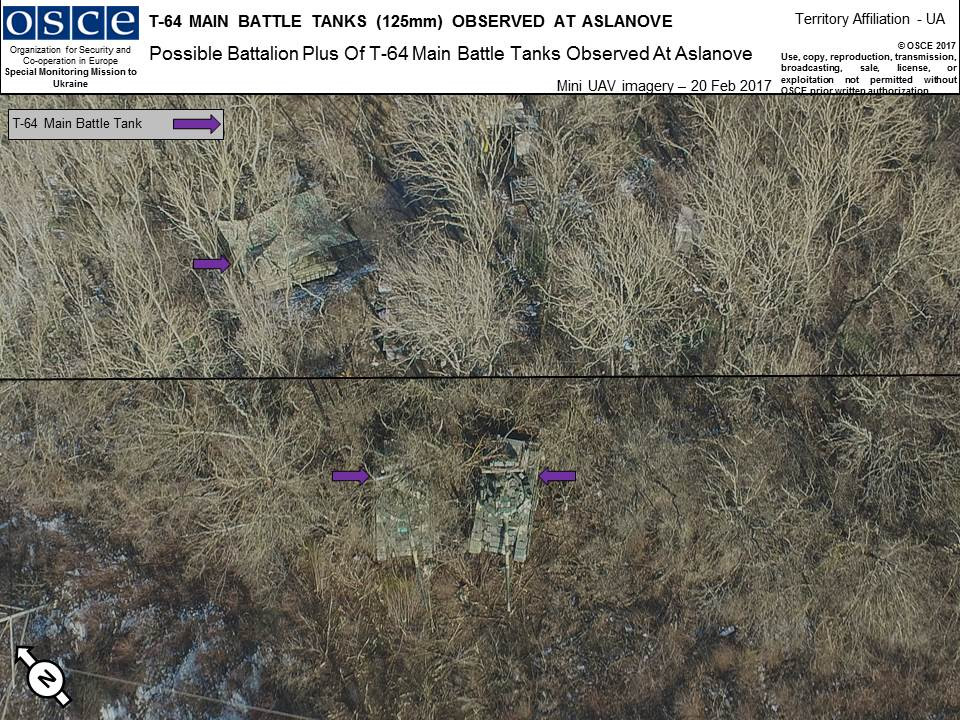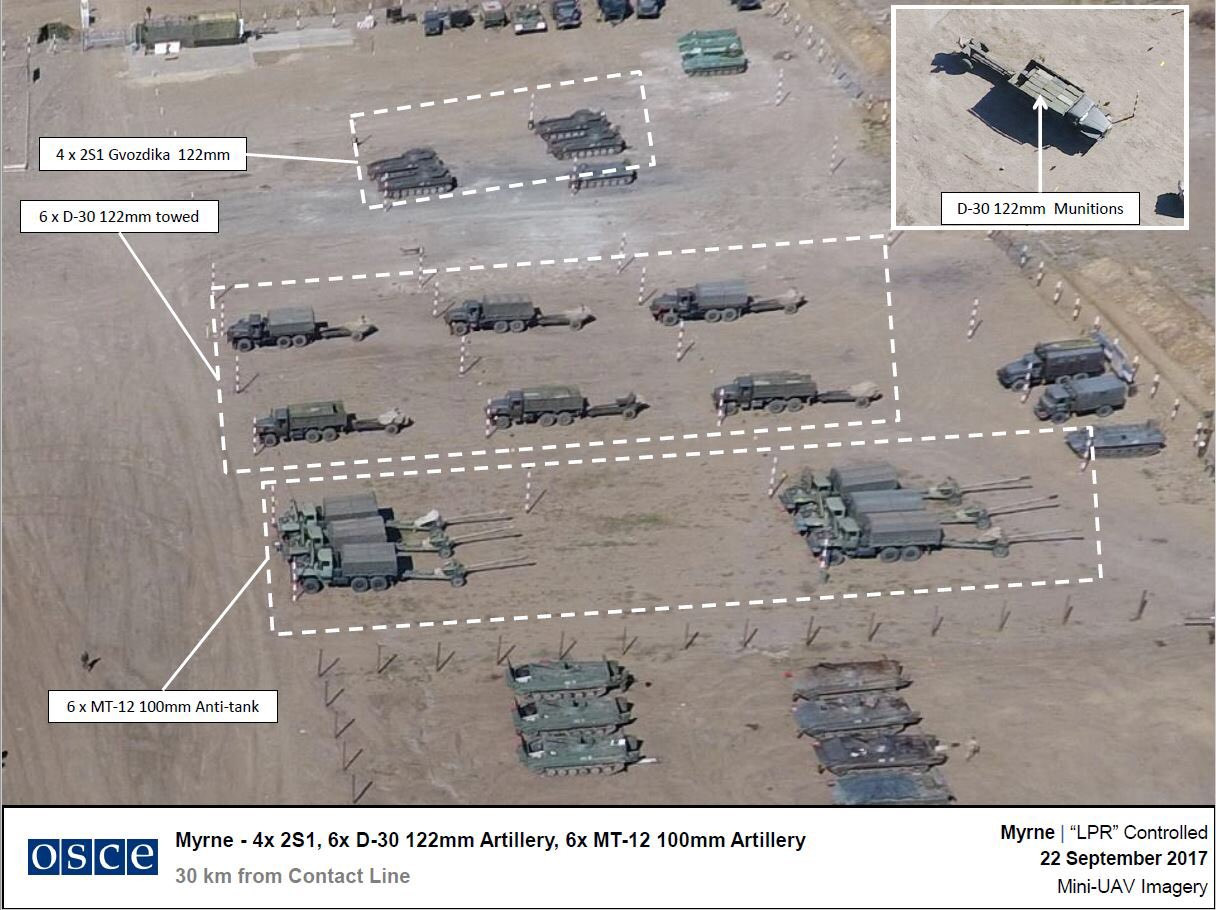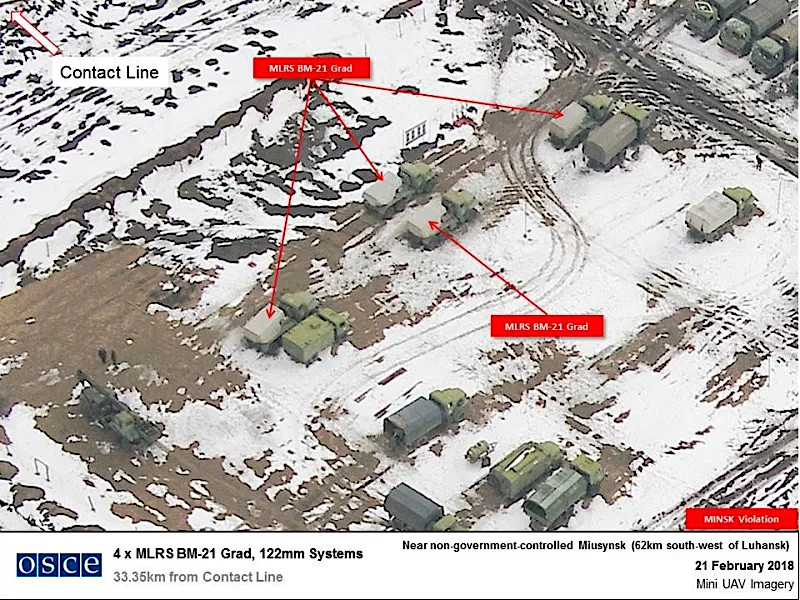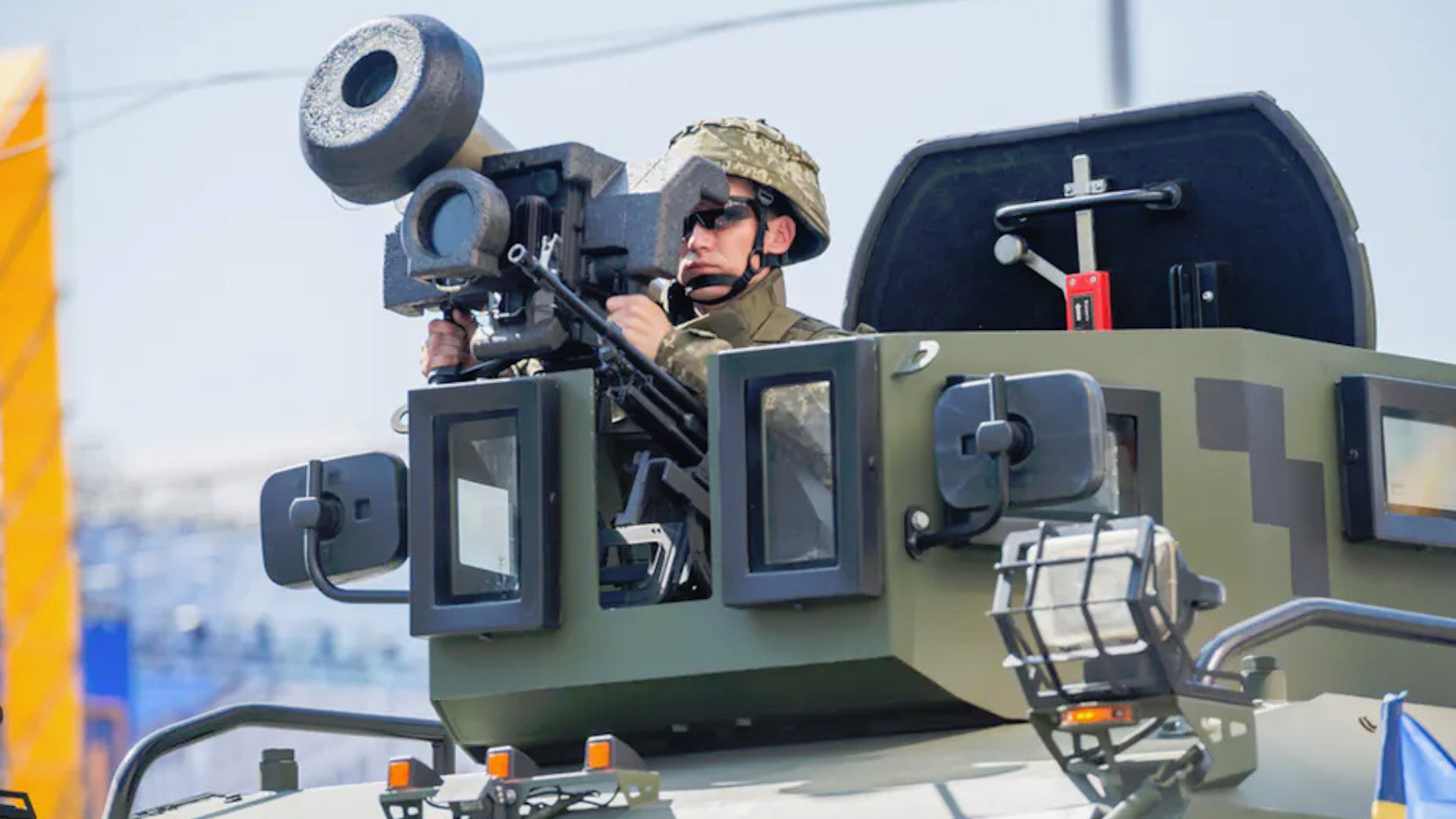Ukrainian troops are now allowed to use their new American-supplied Javelin anti-tank missiles anywhere in the country and against any party, including against Russian tanks in its eastern Donbass region, as long they do so for purposes of defending themselves. This revelation follows the Ukrainian Army’s disclosure that it is preparing to send Javelin-equipped units to the front lines soon. Ukrainian authorities also recently said that they estimate Russia has at least 481 tanks of various types in Donbass, among other heavy weapons.
CNN‘s Ryan Browne Tweeted out about the relatively limited restrictions on how Ukrainian forces can employ the Javelins on July 7, 2020. The Ukrainian Army first received a batch of the missiles, also known as FGM-148s, in 2018. U.S. President Donald Trump’s administration delayed the delivery of a second tranche of them until late 2019, which developed into a major scandal and the President’s impeachment. It had been reported in the past that, under the terms of the export agreement with the U.S. government, the Ukrainian Army could only employ these missiles against Russian forces in the event of an overt invasion westward from Donbass. It’s unclear when the current policy took effect.
“US officials tell CNN that there are no no [sic] geographic restrictions on where Ukraine can deploy the US-supplied Javelin anti-tank missiles as part of the terms of the agreement under which the US-made Javelins where [sic] provided to Ukraine as long as the weapons are used ‘defensively,'” Browne wrote in his post on Twitter. It’s not clear what the exact definition of “defensively” in this case might mean.
The U.S. military’s own definition of what constitutes a defensive action has been shown to be quite flexible on many occasions. For instance, over the years, the Pentagon has described airstrikes in Somalia against Al Shabaab terrorists engaged in firefights with Somali or African Union units, but not Americans troops directly, as being in “self-defense” because friendly forces were under attack.
The Ukrainian Army could conceivably adopt a similarly broad definition of what constitutes defensive action. For example, a unit in Donbass could conceivably claim to be using Javelins defensively in response to a counter-attack from Russian-backed separatists, or the Russian forces supporting them, after an initial assault.

Even if Ukraine adopts a more restrictive definition of defensive use, the missiles will still offer Ukrainian troops on the front lines a major boost in firepower. The Javelin is an extremely capable man-portable anti-tank guided missile that also has a demonstrated capability against troops behind cover and even low and slow-flying aircraft and helicopters.
Troops can employ the weapon in one of two modes, one which fires the missile directly at the target and another in which it executes a pop-up maneuver before diving down onto the target. The latter method is particularly valuable for hitting the top of tanks, where they are typically most vulnerable, even with additional defenses, such as active protection systems, as well as other targets tucked away behind hard cover.

The complete weapon system also features a reusable Command Launch Unit (CLU) with a thermal imaging system capable of 12x magnification, giving it a limited secondary surveillance capability at night, as well as during the day. You can read more about Javelin’s capabilities in this past War Zone piece.
The exact parameters for how and when Ukrainian forces in Donbass actually use the Javelins in combat may become more apparent soon. Lieutenant General Ruslan Khomchak, the Chief Commander of Armed Forces of Ukraine, said that the next rotation of Ukrainian Army brigades headed to the region would be equipped with these missiles in an interview that ArmiaInform published on July 2, 2020.
“Brigades of the Armed Forces will receive Javelins during the rotation in the combat zone,” he explained. “Currently, one of the brigades is completing training before deployment to the Donbass. I want to make sure that our soldiers can effectively use these ATGMs.”
It’s possible that the presence of the missiles, combined with ambiguity over the limitations on the use, might serve as a deterrent to Russia employing its heavy armored forces, at least to some degree. As such, the Javelins could have an impact on the fighting without ever being fired.
However Ukrainian troops do or don’t end up using their Javelins in Donbass, the threat of Russian armor is definitely very real. Lieutenant General Leonid Holopatiuk, who is in charge of the Main Directorate for International Cooperation and Verification of the Armed Forces of Ukraine, said recently that the Kremlin had deployed approximately 481 tanks of all types to the front in Eastern Ukraine.

Holopatiuk made those comments during a remote meeting of the Organization for Security and Cooperation in Europe (OSCE) Forum for Security Cooperation. The OSCE bloc, headquartered in Vienna Austria, is responsible for monitoring the implementation of the Minsk II agreement, which came into effect in 2015 following negotiations involving Ukraine, Russia, France, and Germany. Under this deal, Russia is supposed to withdraw all heavy weapons, including tanks and heavy artillery, from Donbass. OSCE officials have documented numerous and clear Kremlin violations of this provision, among others.

Lieutenant General Holopatiuk said that the total Russian force in Donbass, at present, consists of 35,000 personnel spread out among nine brigades, five regiments, and 16 independent battalions. In addition to the tanks, they have around 720 howitzers and an estimated 202 multiple rocket launchers, he added. It’s not clear if Holopatiuk mentioned any other specific capabilities during his remarks, such as Russia’s extensive deployment of electronic warfare assets.


It’s unclear what the risks might be of the U.S. government getting drawn deeper into the conflict if Ukrainian troops end up killing Russian forces with American-made missiles. Elements of the U.S. military do regularly train with their Ukrainian counterparts, but do so well away from the fighting in Donbass.
Regardless, relations between the United States and Russia are cool, at present. Reports emerged recently that a unit of Russia’s Main Directorate military intelligence agency, known better by the Russian acronym GRU, offered cash bounties to militants and criminals in Afghanistan to kill American and other coalition troops in that country, though the actual results of the effort remain murky.
What is clear is that Ukrainian troops are allowed, at least as far as the U.S. government is concerned, to blow up Russian tanks in Donbass, as long as they do so “defensively” and may have a chance to do so sooner rather than later.
Contact the author: Joe@thedrive.com
